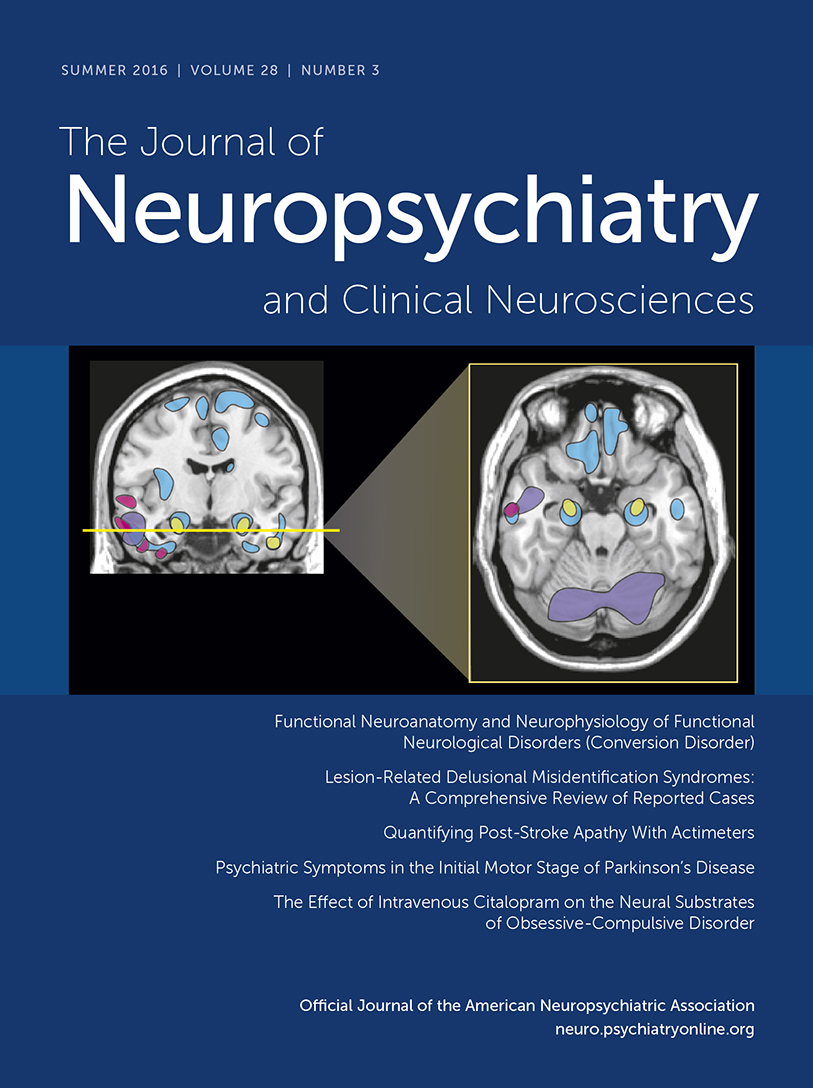Saccadic Impairment Associated With Remote History of Mild Traumatic Brain Injury
Abstract
Evidence suggests that mild traumatic brain injury (TBI) is associated with long-term changes in brain function, but conventional neurocognitive tools are often insensitive to deficits after 90 days. Eye movements have been proposed as a means to identify more chronic forms of impairment. In this study, saccadic, manual, and conventional neuropsychological measures were compared between participants with remote mild TBI and well-matched control participants. Saccadic impairment was more frequent within the mild TBI group, and a history of multiple injuries or high symptom burden appeared to compound this risk. However, other neurocognitive measures did not differ by group, number of injuries, or symptom severity. These results suggest that saccadic impairment may reflect chronic effects of mild TBI that conventional measures are unable to detect.



